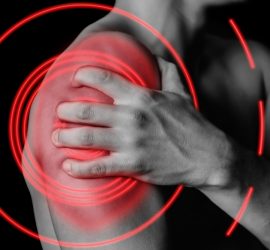Aerobic exercise reduces pressure pain more than heat pain in healthy adults 2
Exercise-induced hypoalgesia is a reduction in pain that occurs during or following a single bout of exercise (Naugle et al, 2012). When researchers test exercise-induced hypoalgesia, they briefly induce painful stimuli to research participants to see if pain sensitivity changes after exercise. Different types of painful stimuli have been used […]










